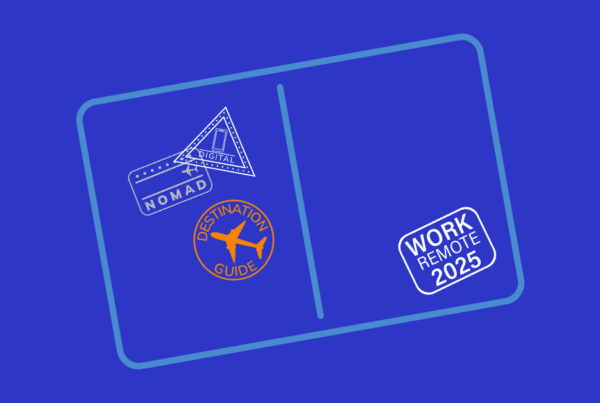
As the gig economy becomes more appealing to those in the workforce, brands large and small are turning to new venture-backed business models like FlexTal, The Mom Project, TopTal and others that give brands access to pre-vetted talent and unlimited capacity to meet their growing needs.
While there are pros and cons, the benefits—especially for smaller brands trying to scale growth—outweigh the negatives. These verticalized-labor (jobs in one industry) models are typically less expensive, convenient to work with, and give brands an opportunity to pull in their own team of experts almost on-demand. As brands start to get wise on the benefits, agencies will eventually have to evolve their business model or wind down and take the freelance contractor route themselves.
Gig economy growth.
More than a quarter of the workforce participates in some form of gig work—whether it’s as a full-time contractor, part-time contractor, or a freelance side hustle. One in 10 people rely on gigs for their main income, with the highest contractor concentration in locations like San Francisco, Denver, New Orleans, Portland, Seattle and New York.
Flexible working conditions are a huge reason why people are jumping to gig life over traditional work environments. People are free to work whenever and wherever they like, breaking free of constrictive 9-to-5 office environments. Many gigs can be done remotely and research has found this model boosts performance by 13 percent, compared to a typical office environment. As a result, the agency model is evolving.
Instead of hiring full-time employees that juggle different roles, companies are now recruiting individuals with specific skill sets to match up with their clients. It’s a win for all: the client gets guaranteed talent through a highly-vetted expert freelancer, the client is happy and the business keeps them, and the contractor doesn’t have to go out and sell themselves to clients and manage their own bookkeeping and invoicing. They get paid directly through a company that is established, reliable and pays on schedule.
The pros of hiring contractors.
For one, independent contractors are an inexpensive way to get the same quality work you would get with an agency. Agencies often charge by retainer, and monthly hours can and do fluctuate. If an agency has low hours one month, the brand is not getting its money’s worth of work. By hiring hourly or project-based contractors, brands know exactly what they’re getting for their budget.
The digital world has also changed how brands look to source outside work. With rapid technological advances, companies have to keep up and can find it frustrating to go through all the agency layers to get a question answered. Contractors offer direct and efficient communication and close interaction with one point of contact. Working with one person also encourages collaboration instead of agency direction, which makes it easier for brands to hold onto their creative vision.
Freelancers’ effect on KPIs.
Most importantly for brands is that their key performance indicators (KPIs) are getting a boost, and a lot of it has to do with the mental health aspect working freelance offers. The flexibility and freedom of the freelancing lifestyle has made it so 84 percent of people who have been working gigs full time say they are satisfied with their arrangements.
Freelancers highly benefit employers, as people who have less stress and added flexibility are more motivated and productive. On average, companies have saved around $2,000 per freelancer when they choose to contract out work. Additionally, being away from an office full time means contract workers are less likely to get sick, which increases productivity.
For brands, independent contractors often give them freedom to be choosy when finding the right person to take on a project, as 45 percent of contract workers have a specialized skill. Instead of getting the talent that comes with an agency, brands are able to curate and assemble their own dream team of experts.
The cons of hiring contractors.
While brands are saving a lot of money by hiring freelance contractors, there are limitations. Many contractors only work part-time hours due to their own scheduling choices and/or other clients. Limited hours means contractors are not as immediately available as full-time employees.
Freelancers can and do have a large portfolio with impressive clients, however. New business models like FlexTal or TopTal have unlimited capacity and expanded services to attract larger contracts and more customers. Similarly, the lack of bandwidth makes it difficult for one freelancer to take on high-volume projects. If brands are looking for a more streamlined process for multiple tasks or large projects, one of these new models makes a lot of sense.
The future of contract workers.
Will contract work be the new model? Out of the 57 million Americans involved in the gig economy, 28.5 million are focused on freelancing long term, with GenZ pushing freelance growth. In 2019, 53 percent of workers were between 18 and 22 years old, with millennials (ages 23 to 38) making up 40 percent of the gig industry.
With COVID-19 changing the world’s economy, contractor growth is only pushing that evolution further. Getting into the gig economy—especially through safer, remote, work-from-home opportunities—is a way for people to transition back into the workforce via traditional full-time jobs or full-time contract work.
Not considering our new working model, it’s projected that half of Americans will participate in some sort of gig work in the next five years. Ninety-one percent of freelancers believe the gig format will only grow, with less stress and increased income being two big factors of turning to contract work. That number was 77 percent in 2014. Out of workers who freelance full time, 61 percent say there is not enough money that would get them to go back to a traditional workplace.
These numbers show people want the freedom and flexibility of creating their own schedule, and we’ll be seeing a completely revamped workforce within the next two decades.
Lindsay Patton is a self-employed writer and social media strategist. A leader for most of her career, Lindsay has managed more than 250 direct employees and loves mentoring young talent to help grow their skills. She spent seven years as a reporter and editor and is still an active writer and journalist. In 2016, Lindsay started taking social media seriously and the skill quickly became one of her specialties. Within the past two years, Lindsay has been invited to speak on social media and leadership in the workplace by Ernst & Young, Social Media Day PHL, The W.E.L.L. Summit, and more. She has found happiness in the self-employed life because it allows her the flexibility to spend quality time with her husband and their two goofball dogs.




